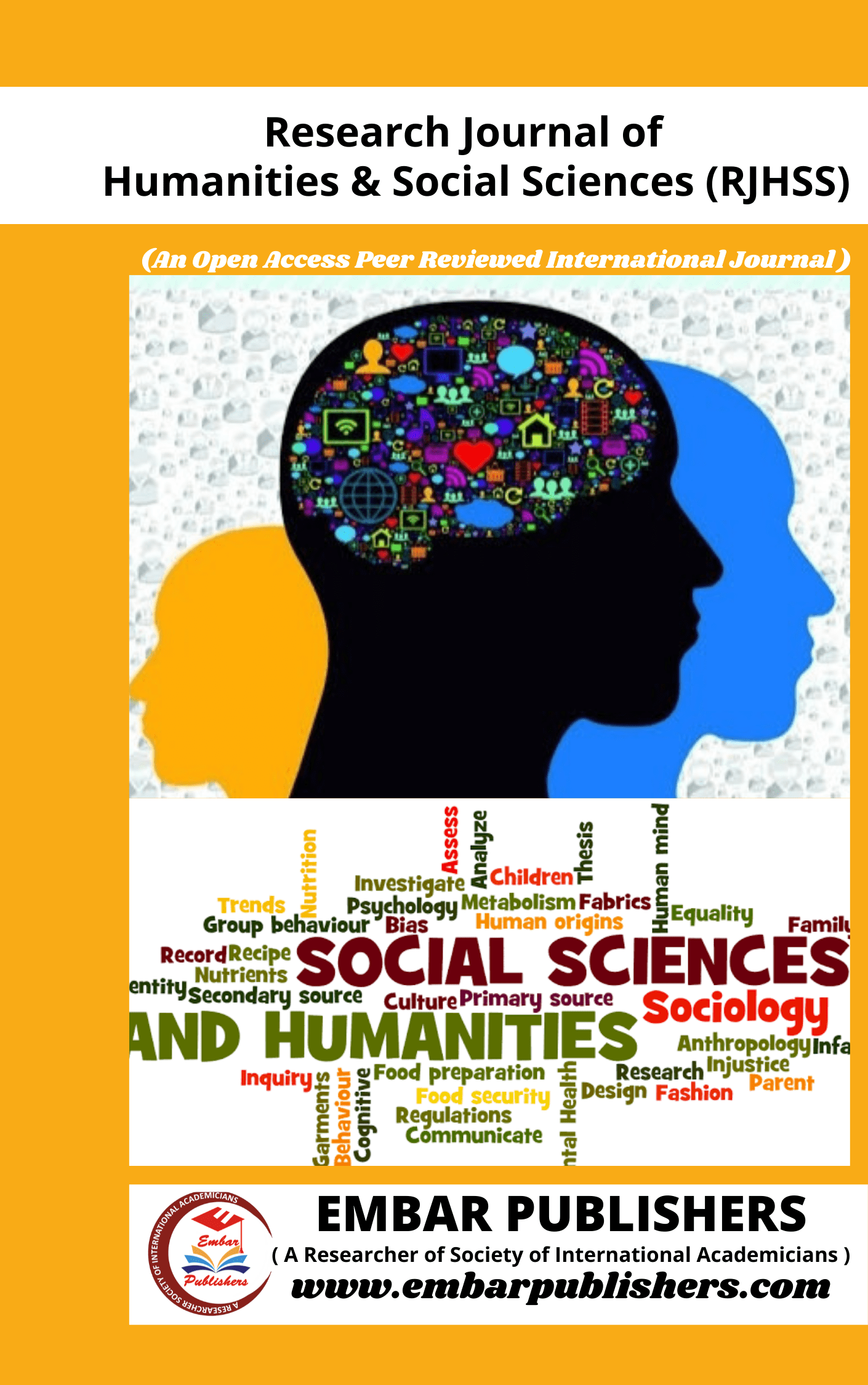
Analyzing Social Media Trends: A Machine Learning Approach to Big Data Analysis
Abdullaev Anvar Atamuratovich
Nukus state institute, Nukus, Uzbekistan
DOI: anvar.abdullaev@ndpi.uz
Published Date: 26-Feb, 2025
Keywords: Big Data, Machine Learning, Scalability, Deep Learning, Hybrid Models
Abstract:
This paper explores the significant advancements in machine learning algorithms tailored for Big Data analysis, highlighting the evolution from traditional statistical methods to more scalable, flexible, and accurate approaches. Traditional statistical techniques, while foundational, are increasingly inadequate for handling the volume, variety, and velocity of Big Data. The limitations of these methods, particularly in scalability and computational efficiency, have driven the development of innovative machine learning algorithms such as deep learning, scalable distributed computing frameworks, and hybrid models that combine statistical and machine learning methods. These innovations have revolutionized data analysis by enabling the processing of vast and complex datasets with improved accuracy and speed. The paper also examines the comparative advantages of these modern techniques over traditional approaches and discusses the challenges and ethical considerations associated with their implementation. Finally, the paper looks ahead to future trends, including the potential of emerging technologies like quantum computing and the importance of cross-disciplinary integration in expanding the scope and impact of Big Data analytics. The insights gained from this analysis provide a comprehensive understanding of how machine learning is reshaping the landscape of Big Data and offer guidance for future research and application in this rapidly evolving field.
References:

Journal: Research Journal of Humanities and Social Sciences
ISSN(Online): 2945-3968
Publisher: Embar Publishers
Frequency: Bi-Monthly
Chief Editor: Dr N.L.N Jayanthi
Language: English
ISSN(Online): 2945-3968
Publisher: Embar Publishers
Frequency: Bi-Monthly
Chief Editor: Dr N.L.N Jayanthi
Language: English
